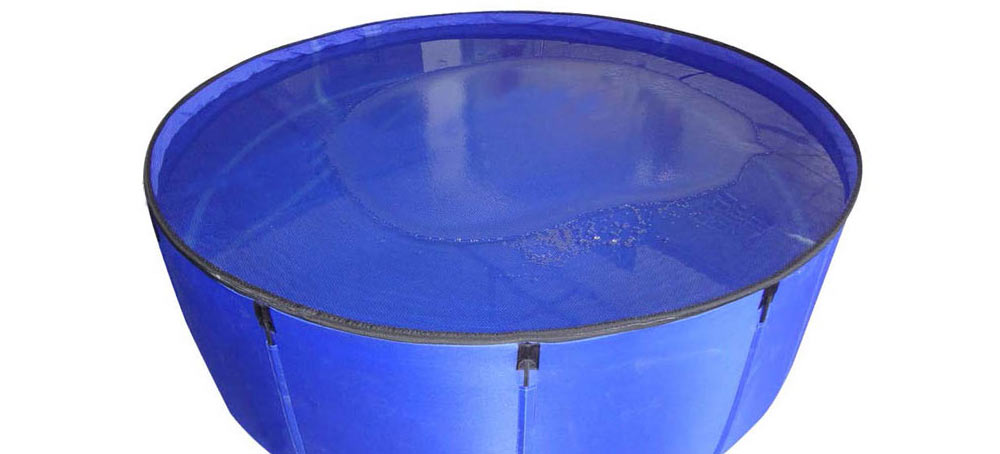Is a koi quarantine system necessary? Every so often, you will come across a koi (or goldfish) that you can’t resist and just have to buy, but how do you know that this fish isn’t carrying any harmful diseases that could spread to your other koi? Now more than ever, it is important to make sure all new fish are disease free before adding them to your pond and quarantining fish is the best way to prevent outbreaks from occurring in your pond.

There are many reasons to quarantine new fish, not only do you want to protect your existing koi collection from any possible disease or parasite that the new fish may carry, but you also need to make sure they are in good shape before introducing them to your pond. Here is a basic guideline for properly quarantining your new fish before adding them to your pond. Most imported koi will have been very stressed during their journey from fish farm or breeder to your pond. In most cases, they will have been caught and moved from ponds to holding tubs, sorted then packed (crowded) in boxes, put on 1 or more flights for up to 36 hours, transported some more and then finally released into the retailers tanks – all without being fed. After all this stress, the fish are very susceptible to bacteria and parasite infestations. A good retailer will allow the fish time to recover from all the stress endured on their journey before selling them, however, many just want to sell them as quickly as possible before any problems occur. Plus once you have a quarantine tank set-up, you can always use it as a hospital tank or even to raise baby fish.
Koi quarantine tubs don’t have to be elaborate, but they do need to be reliable. You can many different types of tubs or tanks – large aquariums, livestock water troughs, 45 gallon plastic drums and ‘kiddy’ pools will all work as long as they haven’t been used to carry and harsh chemicals that could leach back into the water during quarantine. We do have large Portable Quarantine / Show Tubs for sale that can accommodate many koi at once and also fold up into a small box so that they can be stored easily when not in use. As well, filters don’t need to be very complex either, but they do need to be appropriately sized for the tank and number of fish. A large sponge filter or submersible filter like Aquascapes’ Submersible Filter will work well. For larger tanks, pressurized filters are ideal. The most important thing to remember is that the filter must be ‘cycled’ (see below).
A koi quarantine tank should provide the following elements to ensure a successful quarantine period:
If after 3 full weeks, all fish look good you can get ready to introduce them into the pond. Make sure the quarantine water and pond water temperatures are with in a couple degrees of each other. Then carefully transfer the fish into a plastic bag or other container, place it in the pond and let the fish venture out into the pond at their own pace.
If you have any concerns about your koi dealer and are concerned about the KHV, then consider raising the temperature of your water to 76°F – 78°F from the very beginning. Since KHV is temperature triggered (at about 75°F), a koi exposed to this temperature for more than 2 weeks will most likely start to show signs of the disease (excess slime, decaying gills) and quickly die. This is not a foolproof method, as some infected fish may just be carriers of the disease without showing symptoms, but it is the best method available so far. The most reliable way is to buy from a reputable dealer
Some people prefer to take a proactive approach towards new koi and possible diseases or parasites. That is, they treat the koi before they show any symptoms. If you have bought imported koi, especially Japanese koi and you they have not been quarantined by your dealer, it is a good idea to do some preventative treatments. Here is a list of the most common, effective treatments that won’t affect the biological filter and compromise water quality.